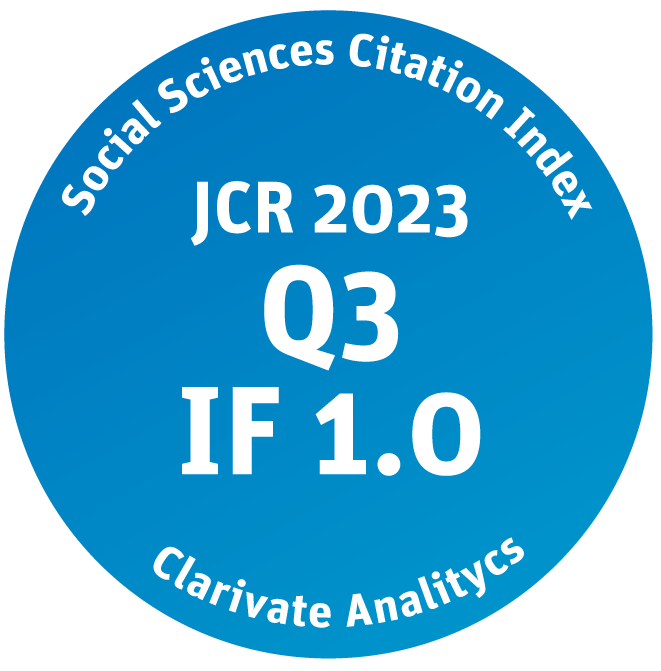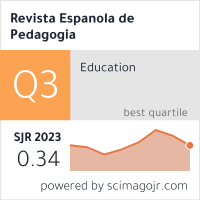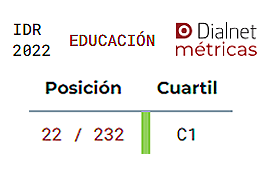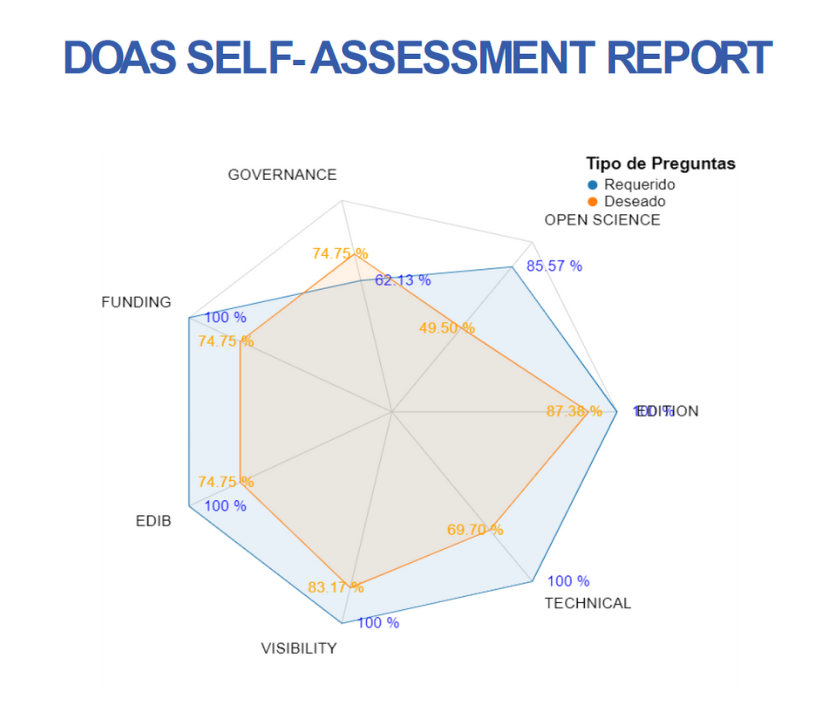Reseña bibliográfica: Jonas, M. y Yacek, D. (2024). Al borde del asiento: lo que hacen los mejores profesores para implicar e inspirar a sus alumnos. Post & Lintel Books. 189 pp.
DOI
10.22550/2174-0909.4280
Abstract
What can we do so that students do not have to be in class and learn, but instead want to be in class and learn? Can we awaken, sustain, and strengthen their interest, so that they connect to learning in general and to a subject in particular and stay connected? Mark Jonas and Douglas Yacek argue that we can. We can awaken students’ interest so that they are on the edge of their seats in class. And this depends on the most influential factor in any class: the teacher.
In this work, the authors condense the results of recent academic research and the experience of successful teachers whom they have interviewed, observed, and monitored over years, to propose effective strategies to make the classroom a space for inspiration and engagement. They call these four strategies the hook, the pitch, the awakening, and the strengthening.
After an overview of their proposal’s theoretical framework, they dedicate the subsequent chapters to each strategy’s pitch with the following framework: a brief definition, description, and justification of the strategy in question; a description of the experience of teachers who have used it with success; analysis and comprehension of these experiences; the steps to follow when planning the strategy; and, finally, possible problems in the implementation. The book is very practical in nature, especially with regards to the steps to follow when planning each strategy. One very useful supplement is the questions that are asked, as a sort of guide, at the end of each step in the planning.
The first strategy that Jonas and Yacek propose is the hook. This comprises a series of actions by the teacher to capture students’ attention in the first moments of the course or the class. Some chose to change the layout of the tables before the first class, others decided to decorate the room with thought-provoking quotes by celebrities from the world of sport… The key to the hook lies in its surprising character which, being unexpected, inspires students’ curiosity and expectations of what is to come.
The second step or strategy is pitching the subject. In this, the teacher does certain actions with the aim of inspiring the students to value what they are expected to learn. Some teachers will choose to share their experience of and personal relationship with the subject with the students. Others will carefully choose the words to describe their subject and what relates to it. It is a matter of showing students that the subject has the potential to enrich their lives independently of any practical relevance it might have in their future. If the hook seeks to capture students’ attention towards the teacher, now it is a case of fostering students’ attention towards the particular subject or topic.
In chapter five, the authors go on to present the third strategy: the awakening. This involves fostering a profound intellectual and emotional experience in the students that transforms how they see themselves and the world. When this experience occurs, students find that their way of perceiving and discovering certain things up to that moment was, in a sense, limited or even erroneous. This experience and discovery are built on the positive tension produced in the previous steps: the hook and the pitch. The awakening will result in a new way for students to see the subject and, in the best cases, their lives inside and outside class. As the impact of this experience tends to fade over time, it is necessary to reinforce it with specific tasks and activities. In this way, it leads into the last of the strategies that the authors propose: the strengthening.
The specific aim of the strengthening, described in chapter six, is to consolidate awareness that the subject is of value in itself and so merits attention. The authors share the conviction that genuine commitment and engagement not only result in better academic results, but that they offer an incentive to develop virtues such as attention, diligence, persistence, and curiosity. These virtues will result in a great benefit for the student, beyond the context of the subject itself. The aim of this strategic move is not only to underline the need for learning for the future, but to help students discover the beauty and wealth of the world that surrounds them. To help them grow as people of character and purpose.
Chapter seven synthesises the four steps or strategies explained previously, in the personal experience of Katie, a literature teacher. Katie wanted her students to read for more than just to pass the course; she also wanted them to find a source of inspiration in the books. A description is given of the actions and activities she used to put into practice the hook, the pitch, the awakening and the strengthening with the aim of her students experiencing a turning point in their personal relationship with literature.
As a conclusion, chapter eight briefly considers the usefulness of these strategies in two particular circumstances: in the preparation of an individual class and in applying them to a context of cultural diversity. In this way, the authors approach a question that, more than being strategic, is the heart of teaching as a vocation and mission. Jonas and Yacek suggest that the key to effectiveness in teaching and learning lies in the love that teachers professes for their subjects and, above all, for their students. It is this benevolence that motivates teachers to create the transformational experiences described so far. They conclude the chapter by revealing what for them comprises the key to this work: reminding teachers how enlivening teaching can be. The same task that can be perceived as difficult, frustrating, and exhausting, can also be experienced as fascinating, joyful, and profoundly fulfilling.
Finally, the last chapter serves as a sort of appendix where the authors suggest answers to questions that readers might naturally ask themselves or ask the authors: do these strategies increase the teacher’s professionalism? Do they increase the students’ intrinsic motivation? Do they contribute to social equality? Do they improve educational outcomes? Are they applicable in classes with special circumstances? We can already sense that the answer to each of them is positive.
This work by Mark Jonas and Douglas Yacek provides a practical guide for teachers who seek to improve their students’ learning, while at the same time being philosophical and inspiring. Beyond specific strategies, it proposes profound topics for personal reflection, such as the nature of the relationship or link between teachers and students. At a time when education systems are marked by the abundance of content and the urgency of measurable results, this book reminds the reader of the transformational nature of teaching as a vocation, and the profound impact teachers can have in their students’ lives, beyond the subject and beyond the school setting. It offers ideal material not just for personal reading but also for group reflection among colleagues.
Citación recomendada | Recommended citation
Camean Ariza, J. (2025). Jonas, M. & Yacek, D. (2024). Al borde del asiento: Lo que hacen los mejores profesores para implicar e inspirar a sus alumnos [On the edge of their seats: What the best teachers do to engage and inspire their students]. Post & Lintel Books. 189 pp.. Revista Española de Pedagogía, 83(291). https://doi.org/10.22550/2174-0909.4280
Licencia Creative Commons | Creative Commons License
Esta obra está bajo una licencia internacional Creative Commons Atribución-NoComercial 4.0.
This work is licensed under a Creative Commons Attribution-NonCommercial 4.0 International License








